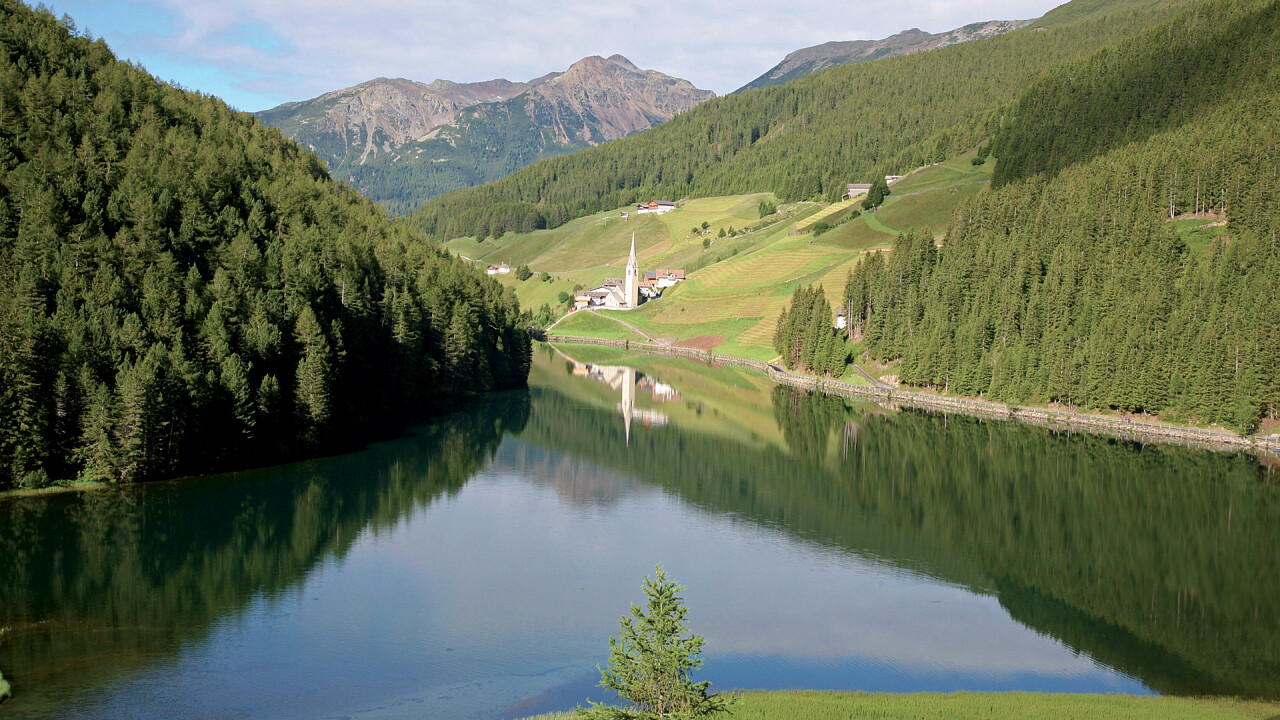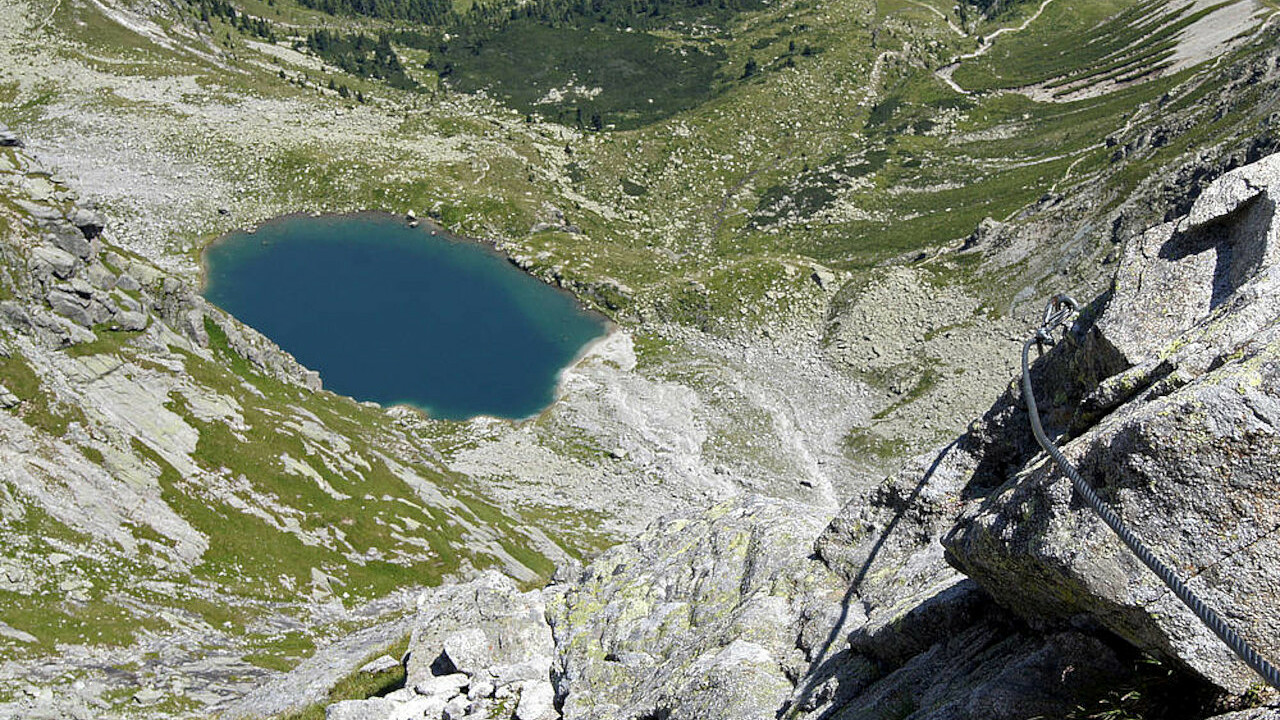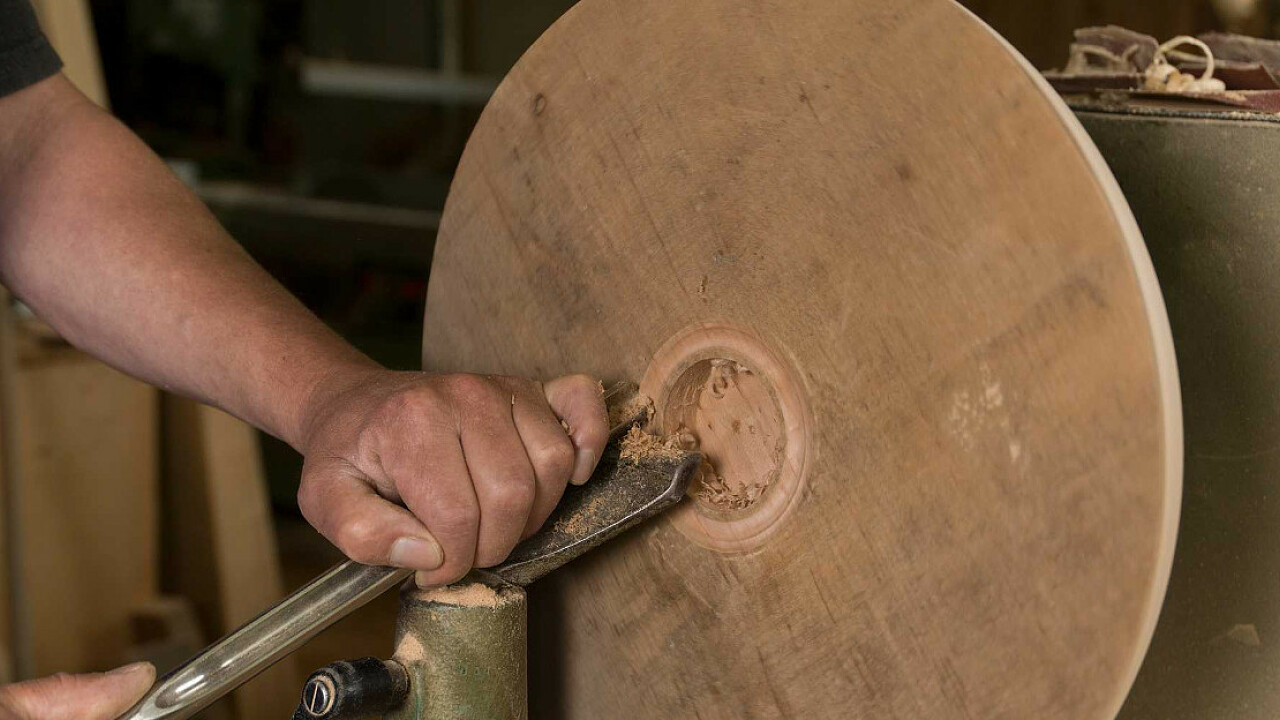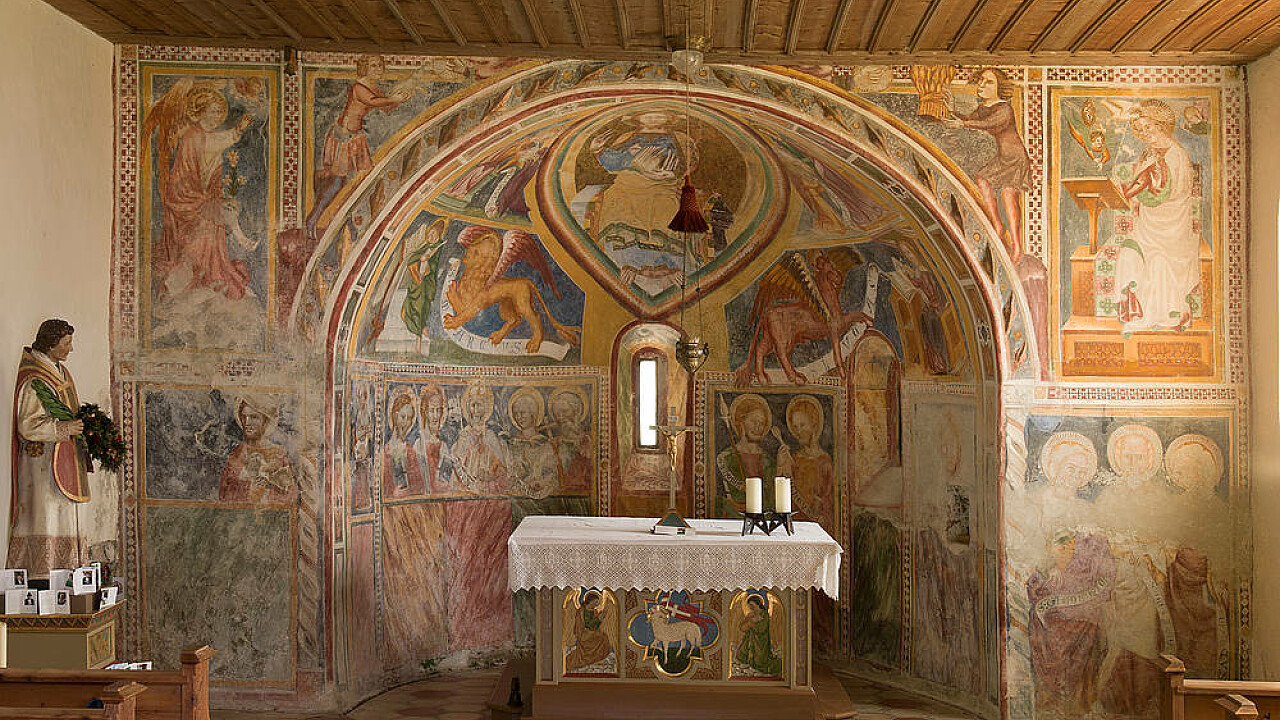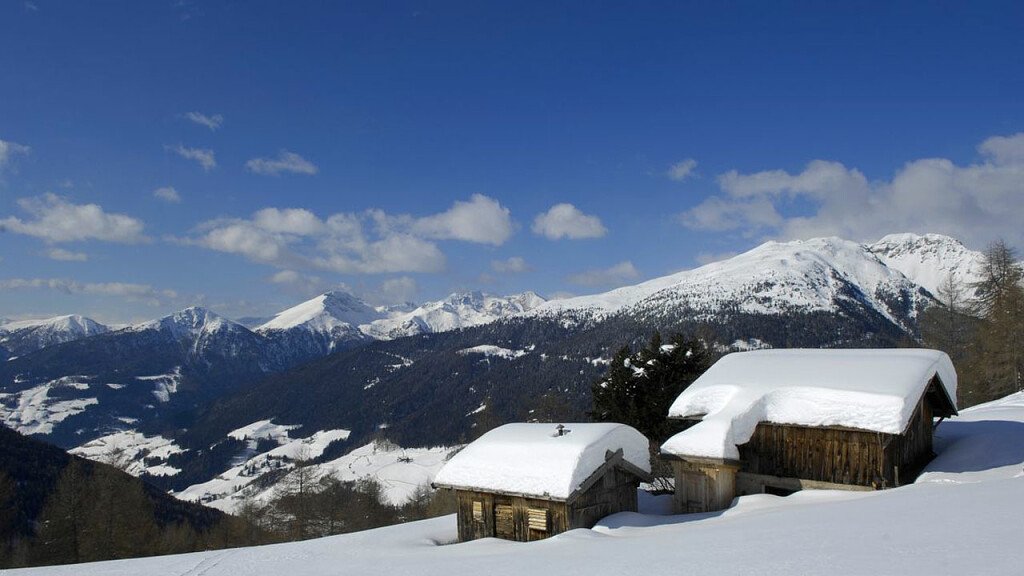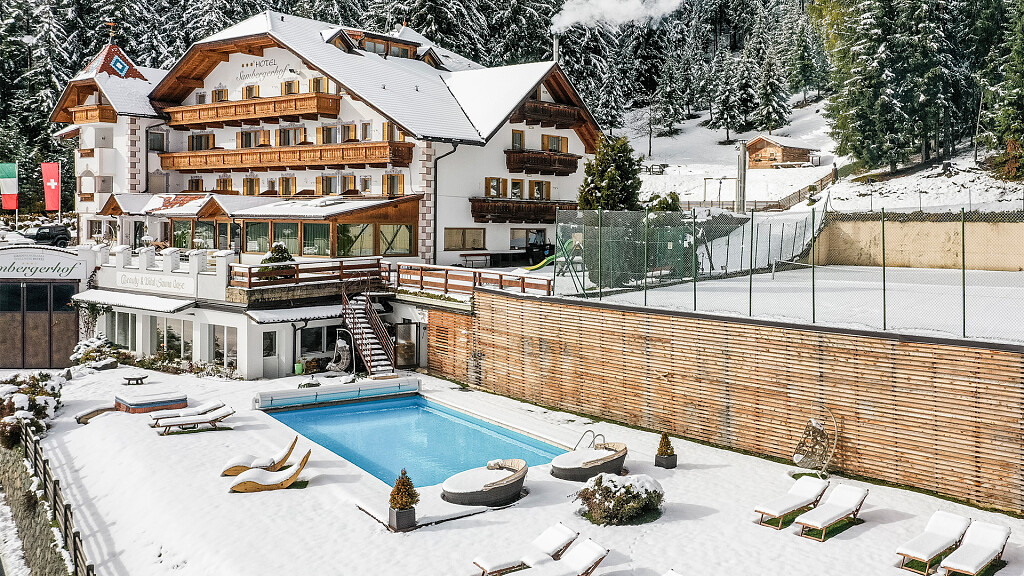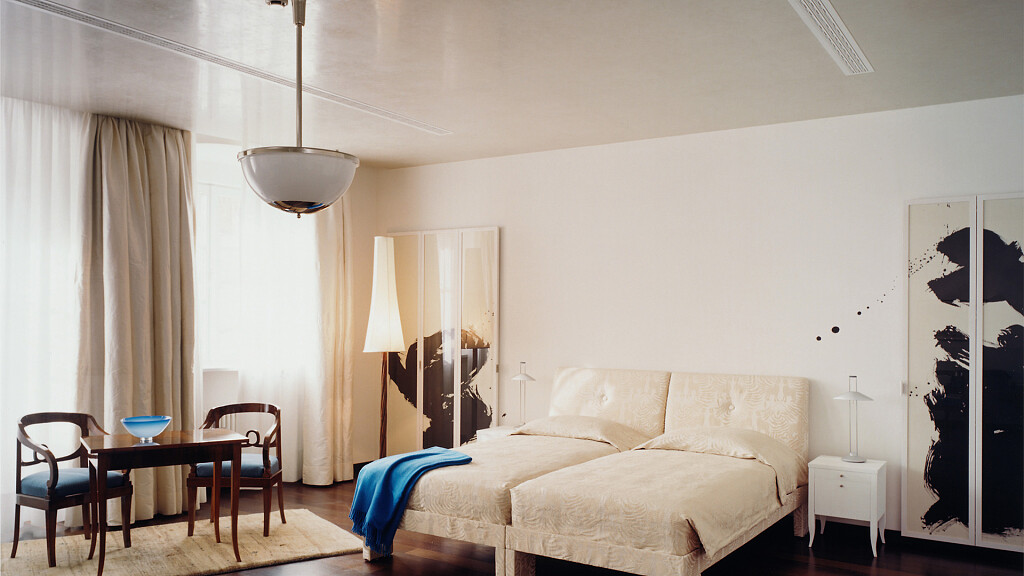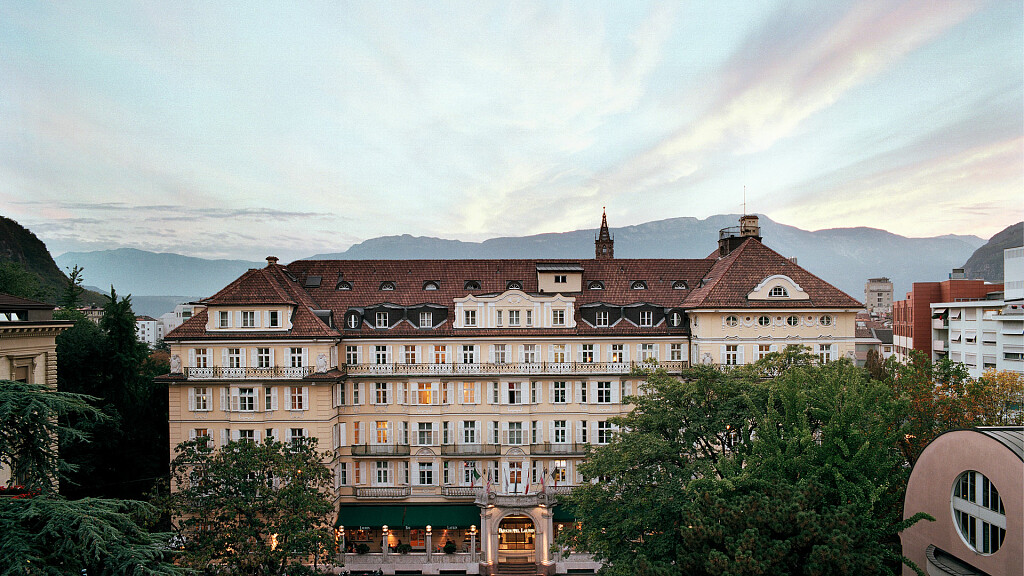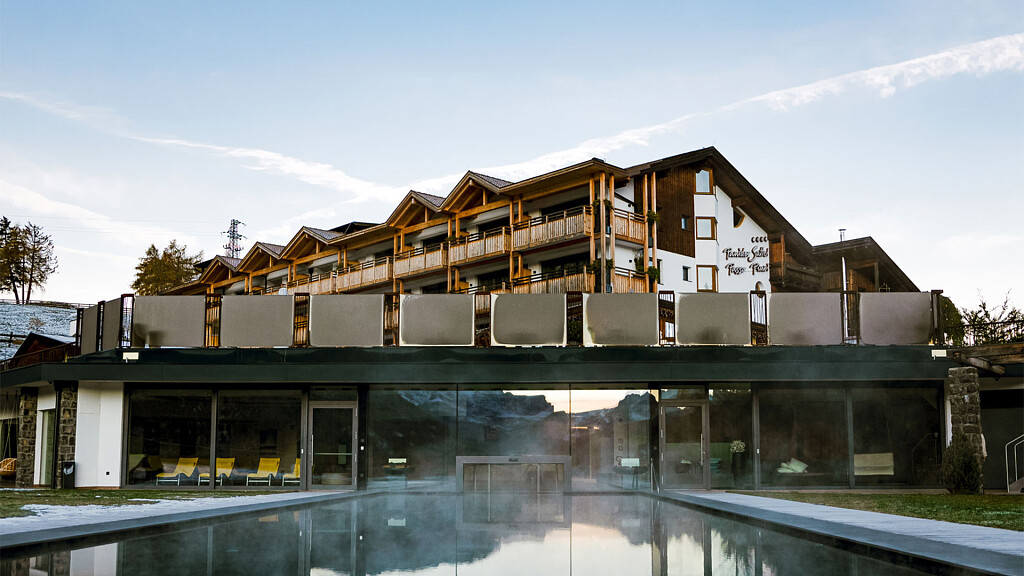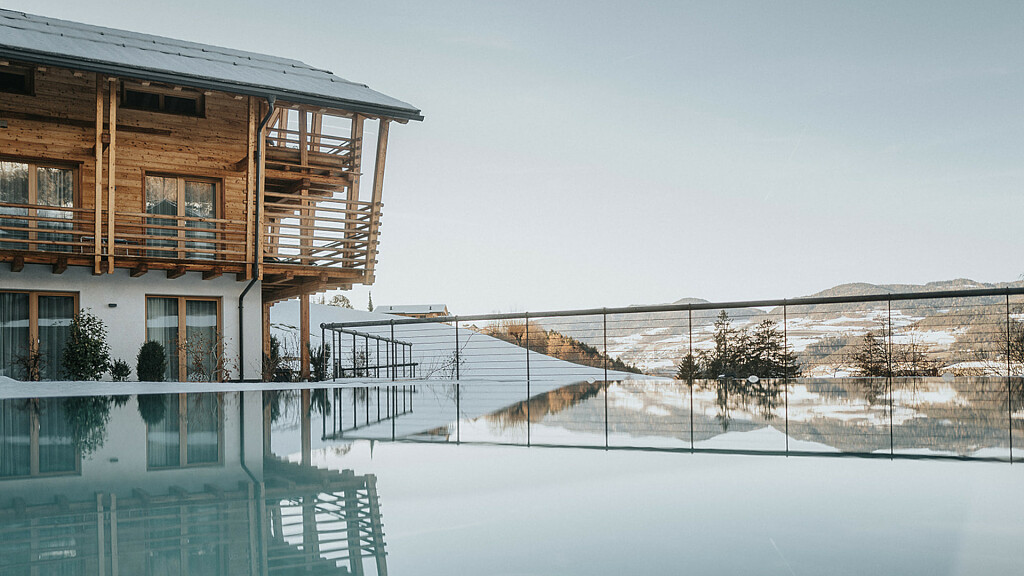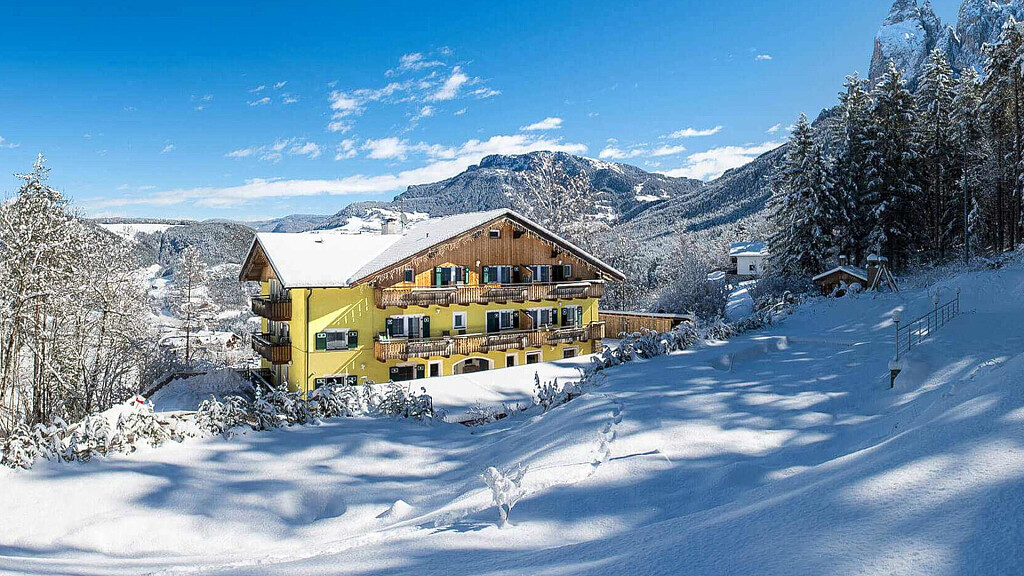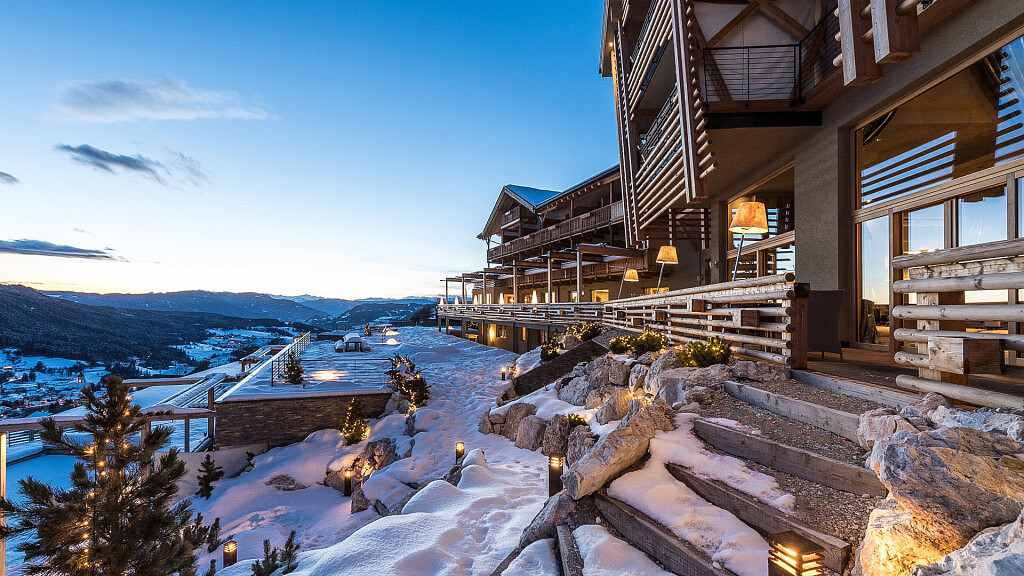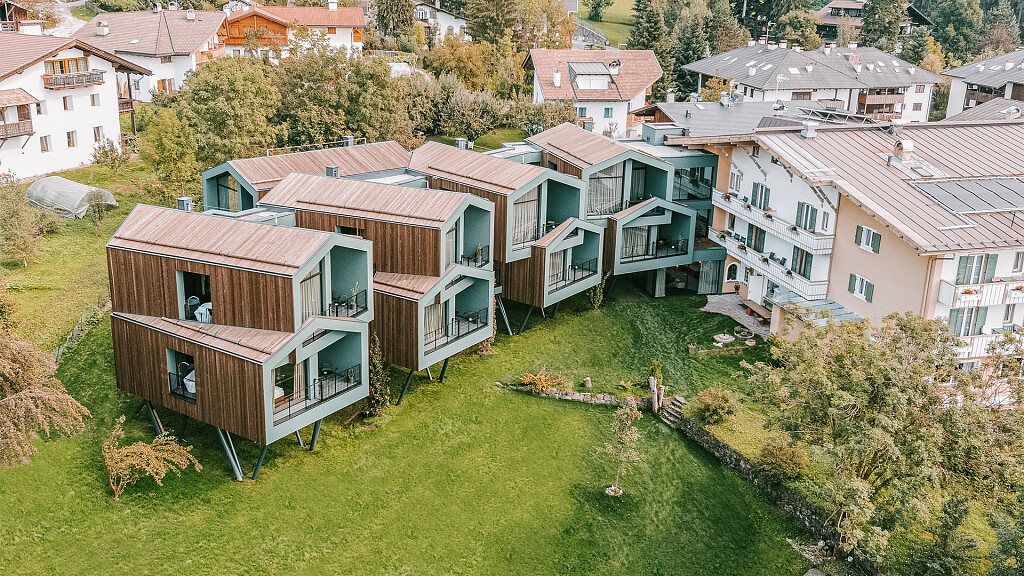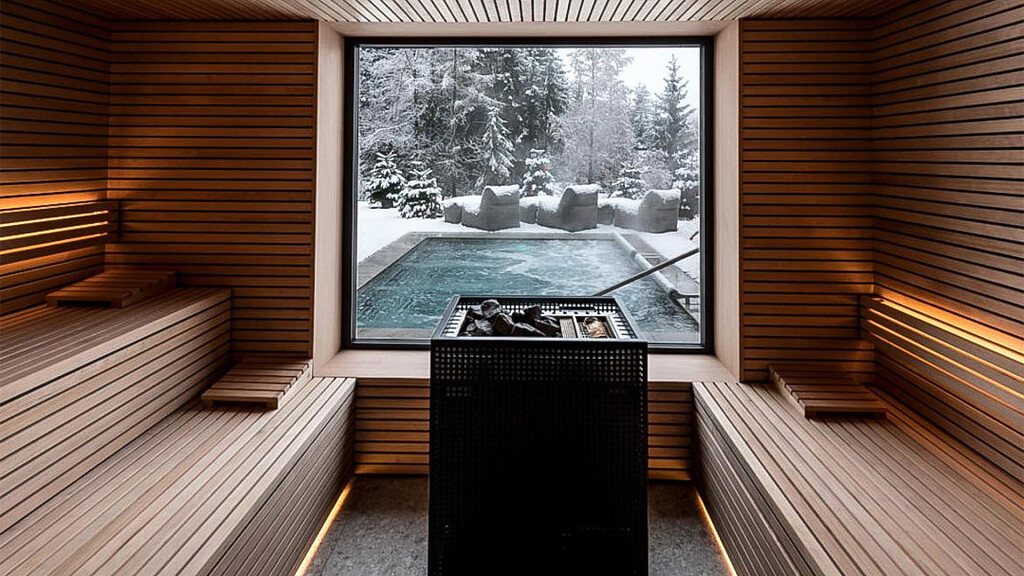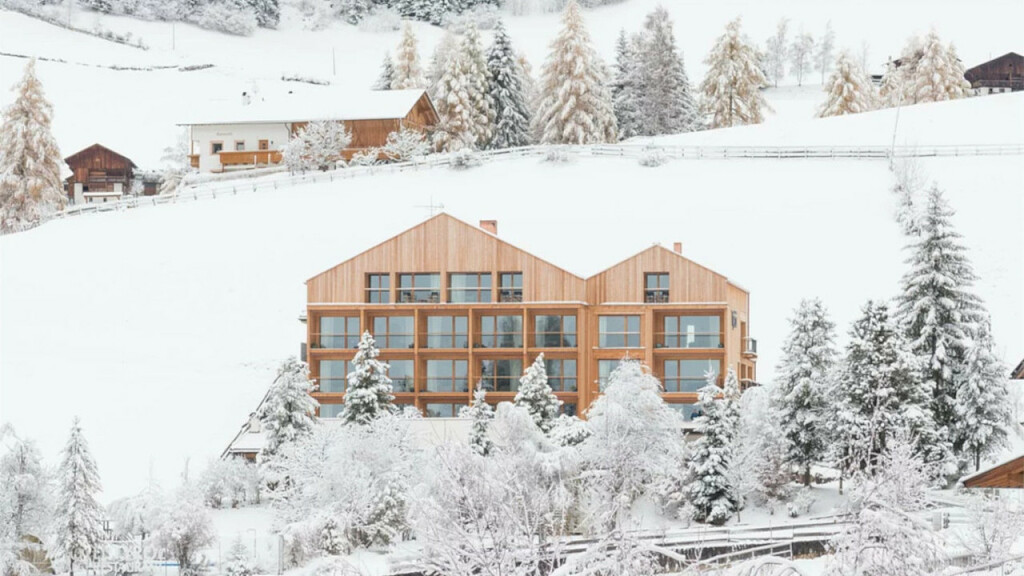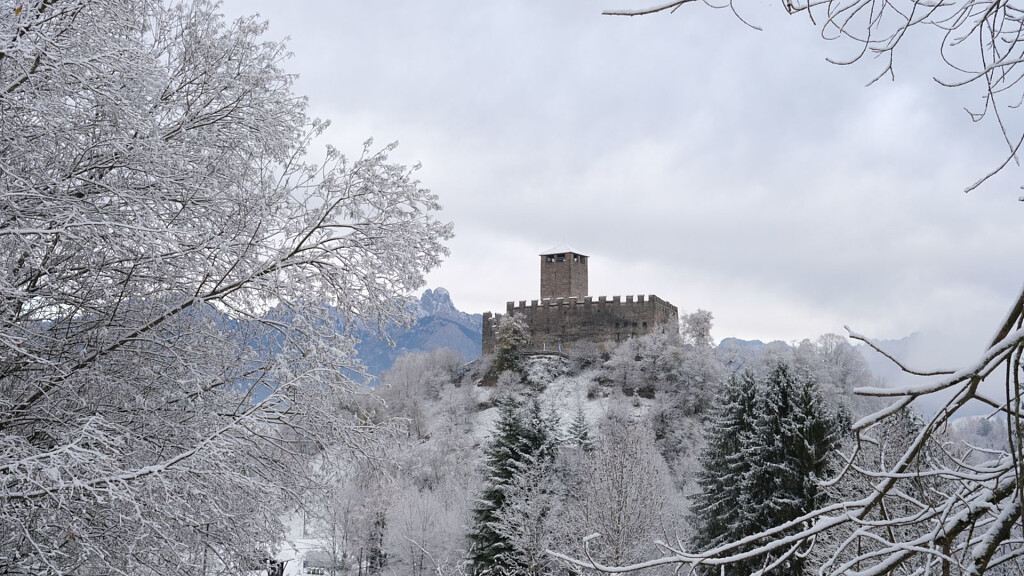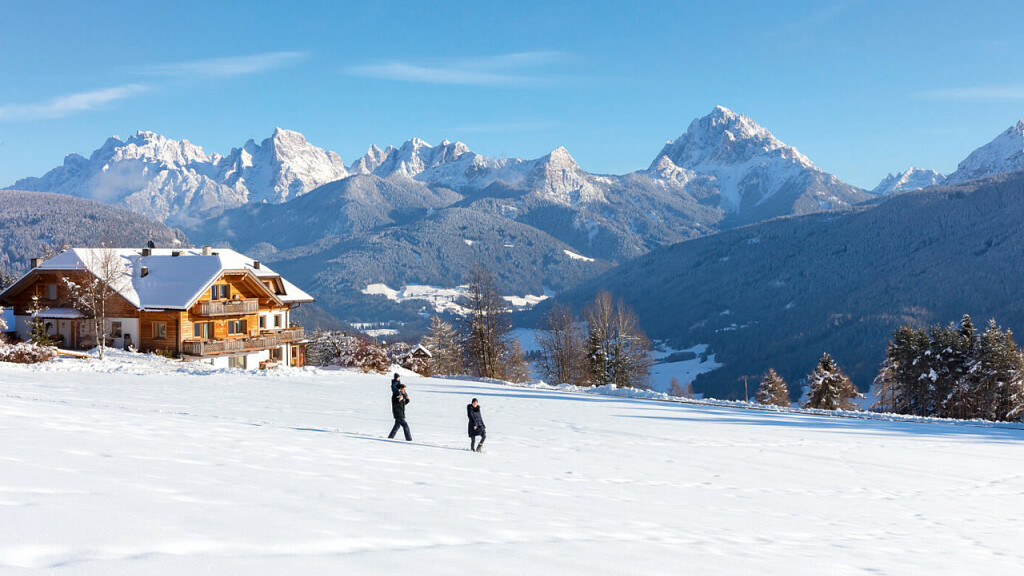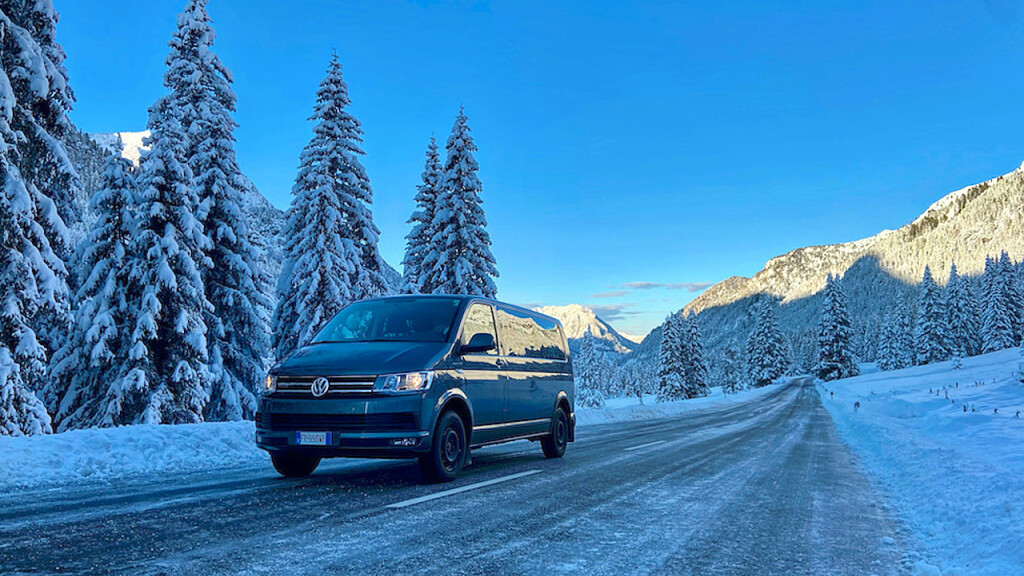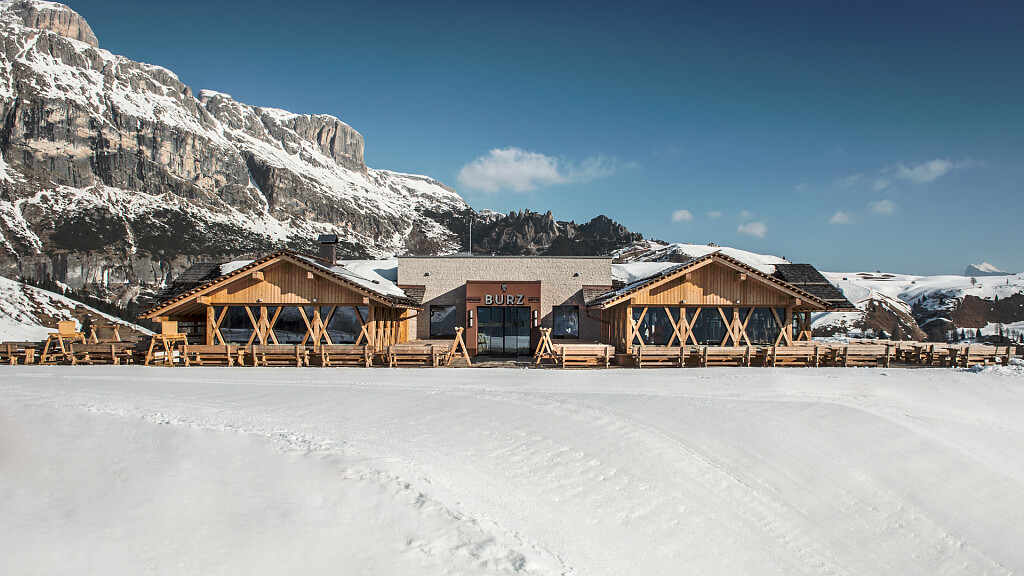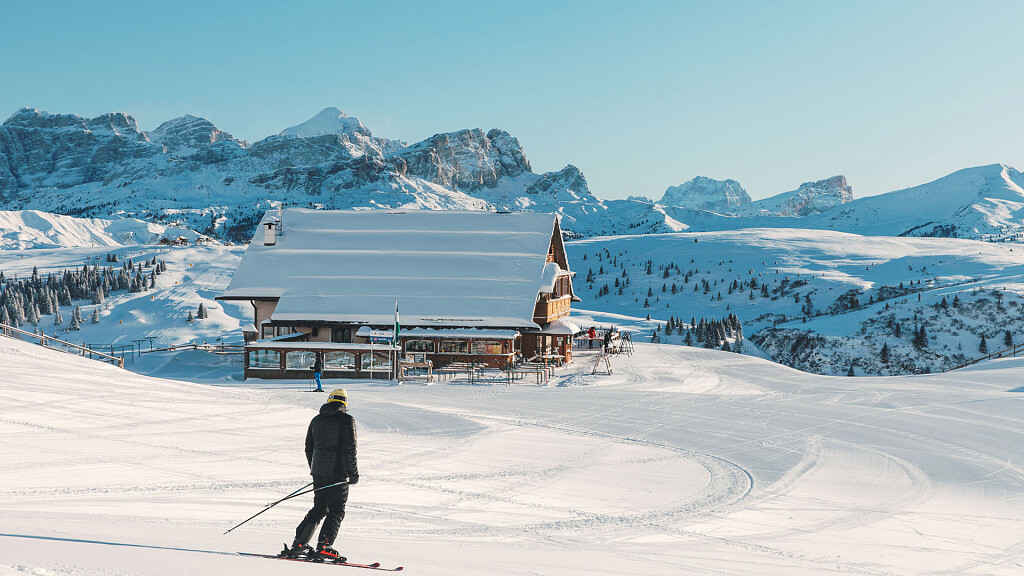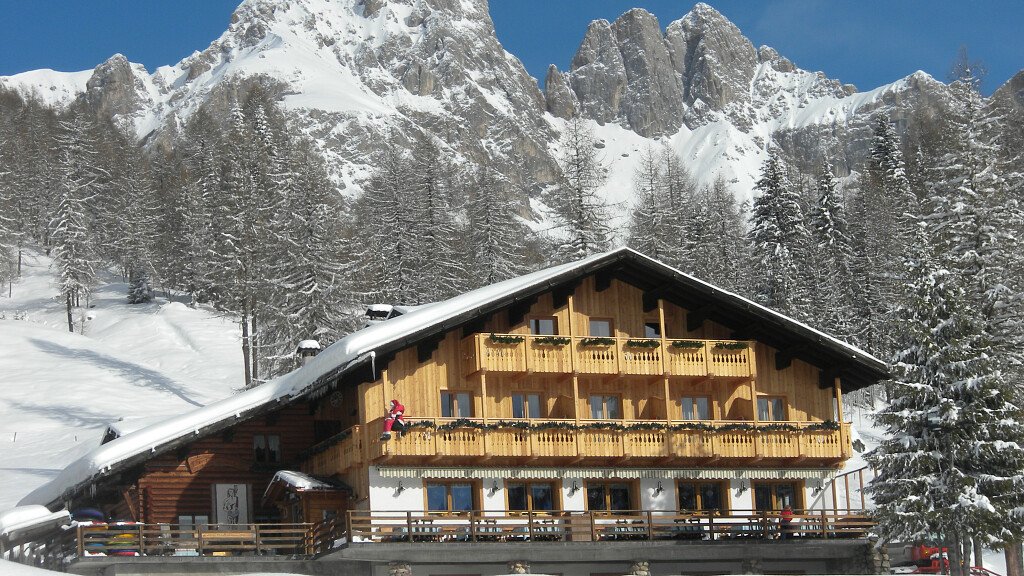A holiday destination in South Tyrol that is characterised by its folk tradition, farming culture, small churches with long, red roofs, the many farms scattered along the slopes of its valleys, the mines and, above all, the Sarntaler Alps.
An ideal place for year-round family holidays and active holidays in the wilderness.
Here are therefore several things to do or see in this beautiful Alpine valley in South Tyrol.
1) Valdurna Lake (1,545 m altitude)
Thanks to its particularly picturesque location and surrounded by the Sarentine Alps, it has been recognised as a protected area. Particularly popular with hikers and fishermen in summer, during the winter season its surface freezes over and becomes popular with ice skaters.
The lake itself, however, cannot be reached directly by car; in fact, one arrives at a nearby pay car park. From here, a road leads about 300 m to the lake.
2) Lake San Pancrazio (or Kratzberger See - 1,545 m altitude)
Overlooked by the Laste di Verdins and the Corno Bianco, this clear mountain lake is one of the 'roaring lakes': according to South Tyrolean tradition, this high-altitude body of water makes frightening noises.
It can be reached via the Passo Giogo / Missensteiner Joch and following European Path no. 5. The walking time is about two hours.
It is not swimmable.
3) Little stone men
One stone on top of another until they form a pyramid: that's what the little stone men are, which in Val Sarentino they call 'Stoanerne Mandlen'.
From a certain point of view, they can also be seen as 'figures' or 'mysterious characters'. They are usually found scattered along mountain paths to point the way, but it is said that they were once silent witnesses to rituals and gatherings of witches and sorceresses.
4) Rhododendrons in bloom
Usually, from mid-June to mid-July, a unique spectacle can be admired along the panoramic road over the Pennes Pass (2,211 m): the rhododendrons in bloom.
5) View platform on Monte Croce
A viewing platform has been built along European Path No. 5 on Monte Croce at an impressive 2,086 metres. It goes without saying that from this position one can enjoy a 360° panorama of the peaks surrounding Val Sarentino: from the Dolomites to the Ortles mountains and the Texel Group.
6) Sattele viewing platform
In the ski and hiking area of the village of Reinswald, the Sattele viewing platform is located at an altitude of 2,460 m. It offers a guide and a panoramic view of the Sarntaler Alps. To reach it, you can take the cable car for a stretch and then continue on foot from the Pichlberg or Pfnatsch huts.
7) Urlelockn Ponds
Located in the Reinswald ski and hiking area, at the foot of the Sunnolm restaurant, these small ponds carry an ancient legend. It is said that there was once an enchanted lake here, in which strangers who lost their lives during a winter hike in deep snow, spinsters with too easy a life and shameless peasant women were buried.
8) Reinswald Mills
In the Valle dei Molini in Val Sarentino are the characteristic water mills of Reinswald. Since their recent renovation, these historic buildings are a summer and winter excursion destination (rest and refreshment facilities).
9) Monte San Giovanni
In the middle of the gorge of the village of Sarentino stands an imposing 660 m high rock spur: this is Monte San Giovanni. On the summit towers a small Gothic church whose chapel bears the name of St John the Baptist.
10) Knappenlöcher: miners' holes in Laste and 'al Morto
Miners' holes in Laste
At the foot of the Nid hut, on the steep slope, there are visible traces of a mine that mined fluorite and lead until 1890.
To the left of the Parete di San Paolo on open gallery, the entrance to which is now blocked. A second tunnel, which has survived to the present day, was excavated below the Sulz Peak.
Miners' holes 'al Morto
Minerals such as galena, sphalerite and pyrite were mined in the galleries of the Sarntaler Alps between the 16th and 17th centuries. Some traces indicate mining activities as early as 1140. Today, the opening of the St. Johann tunnel is still well preserved.
11) Flea Market
In the cellar of the old Klompererhaus is the characteristic Flea Market. It is held on the first and third Saturday mornings of each month and in July and August it also opens on the evenings of Curiosity Wednesdays (Sarnar Virwitzmitte). In winter, on the other hand, the Val Sarentino Christmas Market is held in conjunction with Alpine Advent.
12) Rohrerhaus Farm Museum
The 'Rohrerhaus' is a museum set up in the interior of an old farmhouse in the Sarntal Valley. Inside the museum, it is possible to relive the daily farming life of the past.
13) The frescoes of Val Sarentino
In the Church of San Nicolò in the village of Valdurna, you can admire 15th-century frescoes. Also noteworthy are those in the churches of: Santa Maria Assunta and San Cipriano in Sarentino, San Valentino on the Gentersberg and San Giovanni in Bosco in Pennes.
14) Turner's workshop
Handicrafts in Val Sarentino are very important and the locals are very proud of them. In this attractive holiday destination in the South Tyrolean Alps, you can watch a master in action. Indeed, at the Drechslerei workshop of Fritz Unterkalmsteiner, the expert turner from Val Sarentino, the entire production process is explained: from the growth and felling of the trees to the handicrafts made from wood.
15) A tour through the villages of Val Sarentino
Ponticino: a town of just over 200 souls 4 south of Sarentino. It was once the connecting route par excellence between Bolzano and Val Sarentino.
Sarentino: a hamlet and the largest municipality in terms of size of all the municipalities in South Tyrol. It has more than 2,300 inhabitants and is the economic, political and social centre of the valley. In addition to the parish church of Maria Assunta with its Romanesque-style bell tower, the smallest hospital in the province is also located here.
Villa and Campolasta: at the crossroads with Valdurna and Pennes lies Campolasta, where at the beginning of the modern era there was a foundry that processed metal ores mined in Val Sarentino and silver ores from Terlano and Nalles. Slightly further south is the hamlet of Villa, which was the cradle of the noble Northeim lineage.
Reinswald: the sunniest hamlet, partly due to its location at an altitude of 1,492 metres. This village on the eastern slope of the Valdurna offers visitors an ideal destination for winter and summer family holidays.

